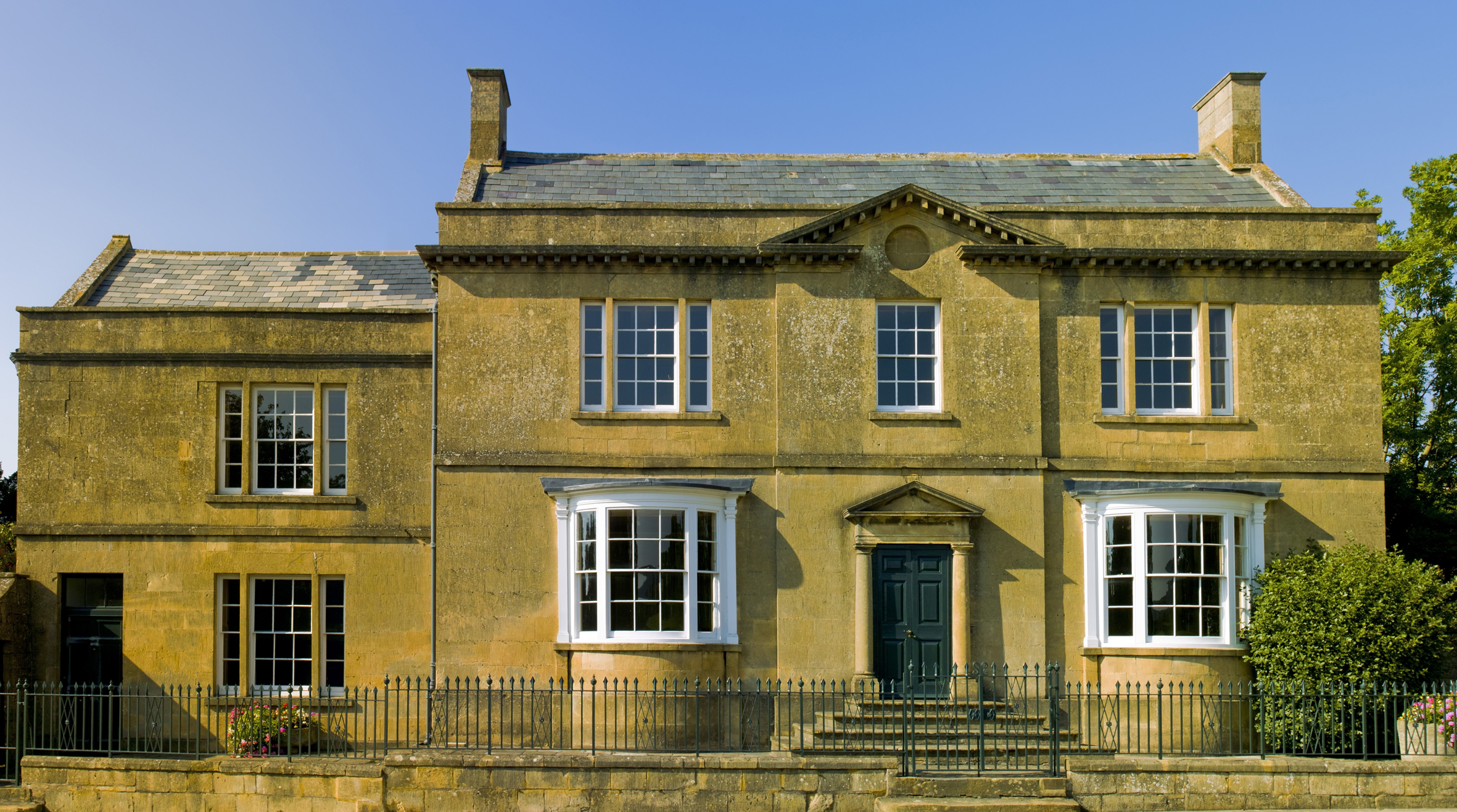News
Midlands and Wales strong performers as house prices rise 2.3 per cent in July

Scotland, the South East of England, the East of England and London recorded the lowest growth
House prices rose 2.3 per cent to £237,963 in July annually, historical figures from the Office for National Statistics (ONS) show.
This was a slight dip on the 2.9 per cent yearly growth recorded in June and on a monthly basis, house prices increased by 0.5 per cent.
In May, the ONS announced it would pause its house price index due to a lack of representative data resulting from the property market’s lockdown. It resumed the publication of data in August and has since been periodically publishing figures for the missed months.
August’s figures will be the last set of historical data to be published, which will be released on 21 October before the index resumes its normal scheduling.
Attraction to London living fading
Wales saw the strongest annual growth in July, where prices increased by 3.6 per cent to £170,415.
Scotland reported the weakest change, rising just 0.4 per cent to £155,335 year-on-year. It was also the only region to see a monthly decline in house prices, with a 1.4 per cent drop.
Within England, the South East, the East of England and London had the most muted annual growth rates of one per cent, 1.2 per cent and 1.3 per cent respectively.
The East and West Midlands reported the sharpest annual change, with house prices rising 4.2 per cent and 4.3 per cent respectively.
Anna Clare Harper, chief executive of asset manager SPI Capital, said the low growth in London was due to the demand for London properties typically being driven by factors other than where people want to live.
“It has historically been seen as a ‘safe haven’, attracting substantial international capital as well as national interest from UK residents.
“The relatively low growth in London that the data illustrates reflects both international uncertainty and the widespread change in preferences affecting the nation: fewer people want to live in a city centre when it doesn’t help their productivity or positivity,” she added.
Demand for flats wane
As people seek larger properties, flats and maisonettes were the only types of residence to see a decline in prices in July with a 0.5 per cent drop.
The desire for properties that offer extra personal space was evident in standalone homes, as prices for semi-detached properties increased 3.4 per cent to £227,832 while detached house prices rose 2.8 per cent to £361,986.
Average prices for terraced houses rose 2.7 per cent to £193,619.
Gareth Lewis, commercial director of MT Finance, said: “The fall in value in flats is a sign of the times with more people searching for outside space and moving from flats to houses.
“There will always be a market for flats as not everyone can afford a house but those who may have moved from a small flat to a bigger one may now be looking for a small house instead.”